Valle de Las Cuevas
Cuevas de Acsibi is a geographical feature, 15 km distant from the town of Seclantás within the Calchaquí Valleys, in the province of Salta, northern Argentina.
Its name Acsibi, which in cacán means "place of fire" is due to its intense red colors and the large number of lightning that fall on the place on stormy days. Ancient pipes made of very fine ceramics have been found, suggesting that the communities of the area, the Sichas and Malcachiscos, carried out ceremonies and rituals in the place. [1]u200b
The valley, endowed with a unique geomorphology and of great archaeological value where cave paintings can be found, with unprecedented sandstone formations (similar to a melted candle) and a great diversity of colors ranging from gray to red intense, was part of the Inca Trail.
This great natural canyon offers a very good route for trekking,Read more
Cuevas de Acsibi is a geographical feature, 15 km distant from the town of Seclantás within the Calchaquí Valleys, in the province of Salta, northern Argentina.
Its name Acsibi, which in cacán means "place of fire" is due to its intense red colors and the large number of lightning that fall on the place on stormy days. Ancient pipes made of very fine ceramics have been found, suggesting that the communities of the area, the Sichas and Malcachiscos, carried out ceremonies and rituals in the place. [1]u200b
The valley, endowed with a unique geomorphology and of great archaeological value where cave paintings can be found, with unprecedented sandstone formations (similar to a melted candle) and a great diversity of colors ranging from gray to red intense, was part of the Inca Trail.
This great natural canyon offers a very good route for trekking,[2]u200b[3]u200b< sup id="cite_ref-4" class="separate reference">[4]u200b where the walls of the ravines change shape until they become increasingly narrow forming tunnels and caves.[5]u200b
The Molinos basin, which due to its permanent aquifer flow produces a strip of fertile soils in a steep and arid landscape, [6]u200b was used during pre-Hispanic times by the Malcachiscos tribe, which, according to studies, indicate an occupation range for the site between 700 BC and 1500 .
The particular geomorphology of the region and its resulting formations provided a diversity of rocks of importance for the use of pre-Hispanic societies, such as for the production of pottery, arrowheads, etc. that were used in domestic and daily tasks.
The communities that inhabited the valley during the last centuries of pre-Hispanic occupation developed a complex social, political and economic organization within which the organization of stone production undoubtedly constituted part of their interests.
That Calchaquí tribe was one of those who led the uprising of 1630, fighting bravely against the Spanish invader.
Today pumas, llamas and condors live in the place, which due to the fauna of the area can be seen very easily.
In these unique reddish caves, you can see the beams of light that filter through the caverns through minimal interstices and the changes in color of the rocks as the hours advance towards the afternoon, making this a favorable place for visit and meet.




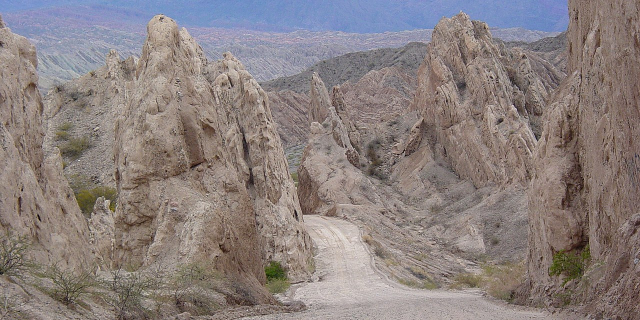

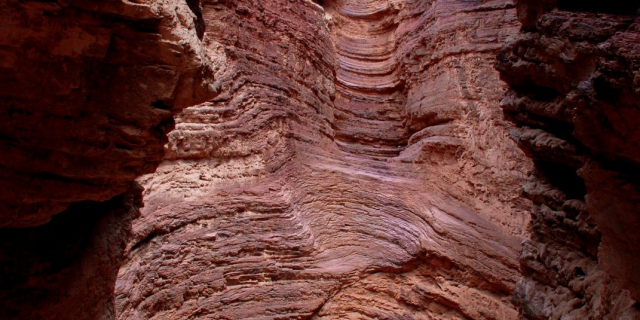
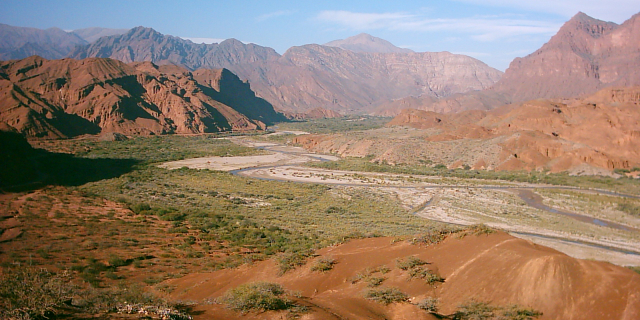
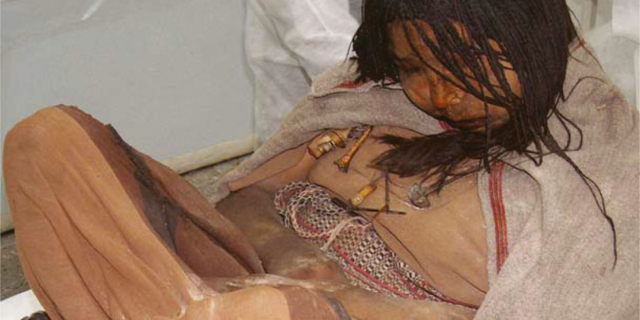




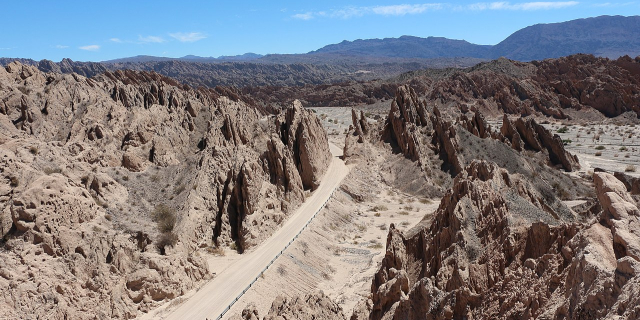



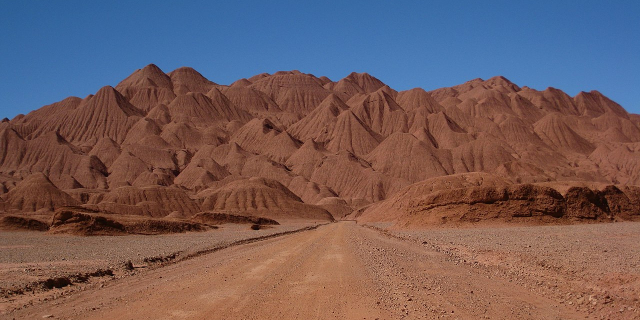


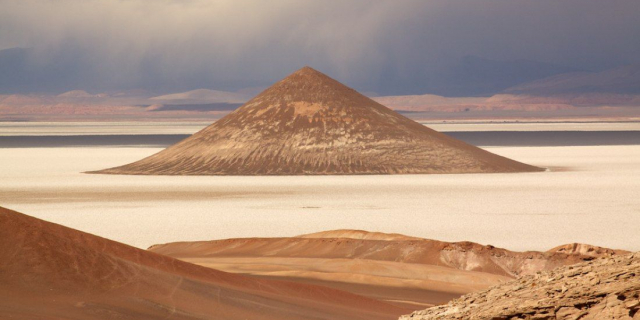

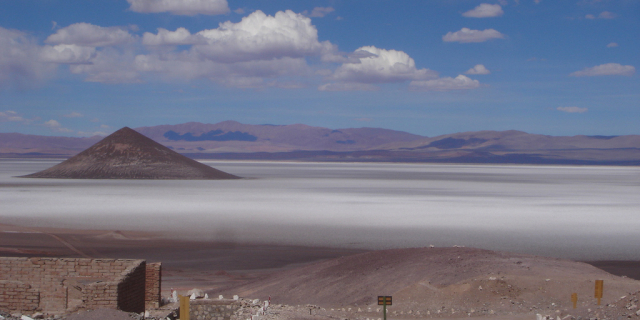
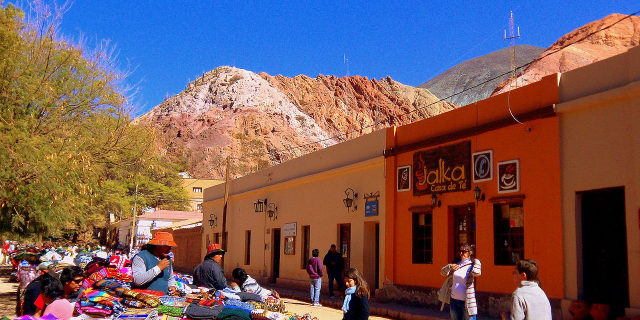

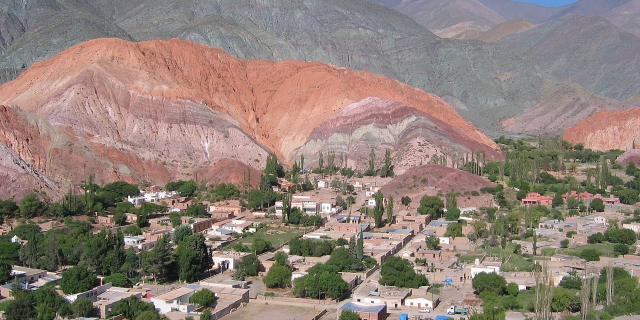
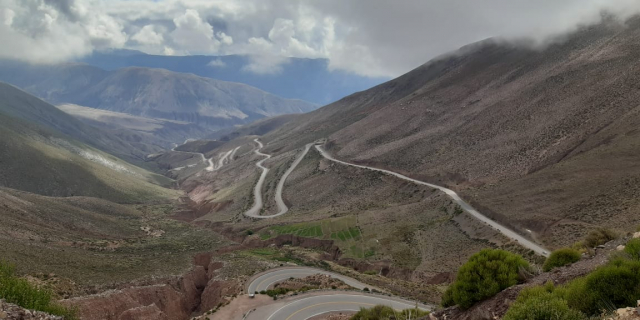

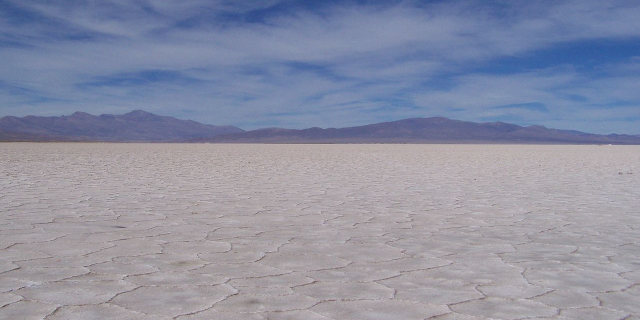

Add new comment